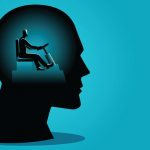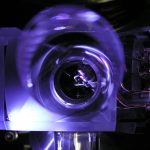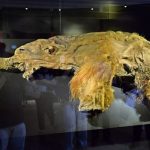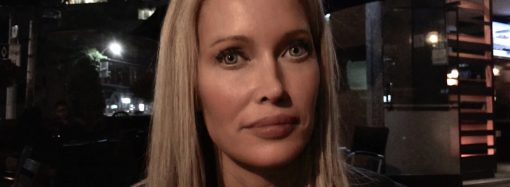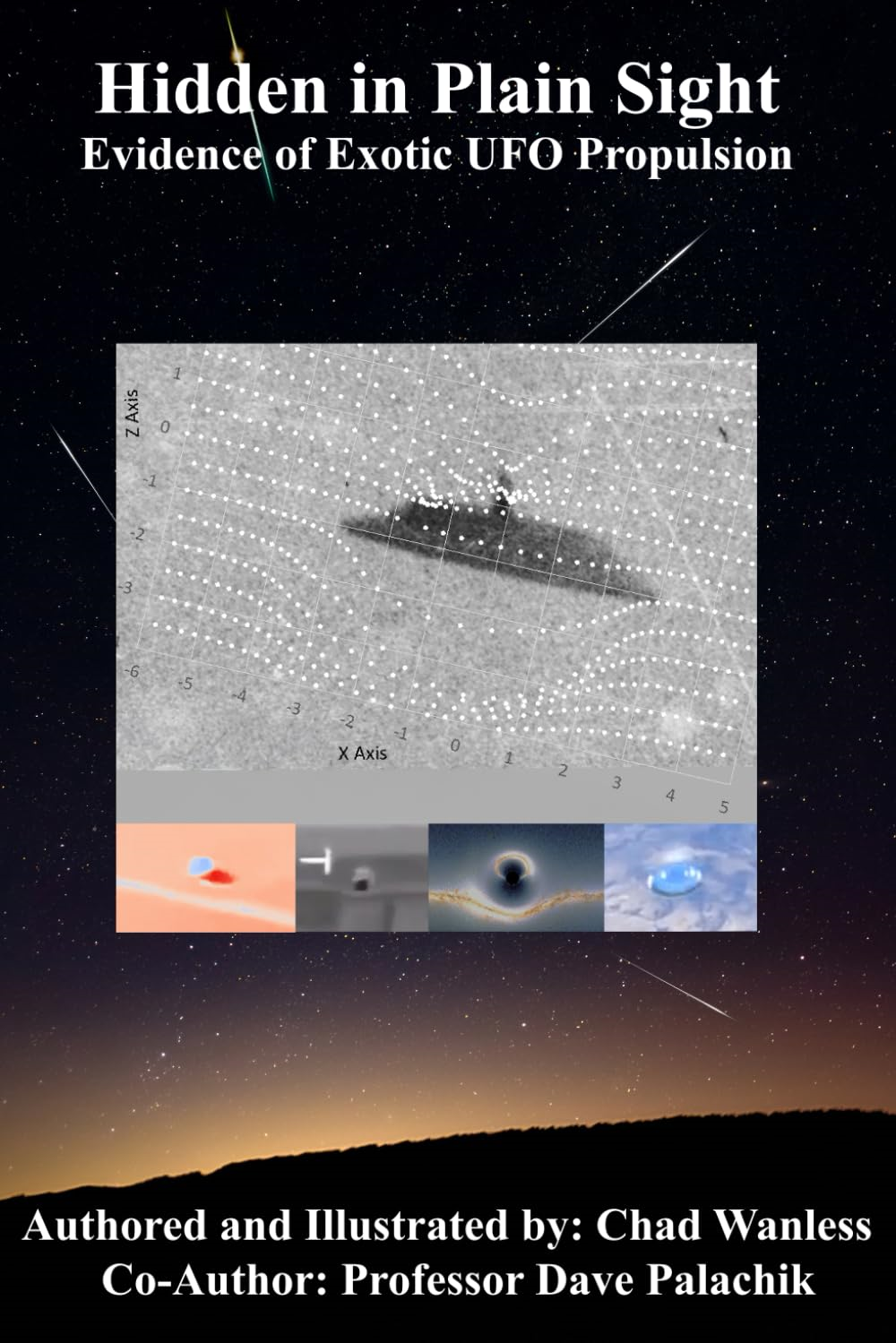Schrödinger’s kittens: New thought experiment breaks quantum theory0
- From Around the Web, Science & Technology
- March 26, 2019
A twist on the famous Schrödinger’s cat thought experiment could undermine quantum physics – or provide a path to a deeper understanding of how the world works



